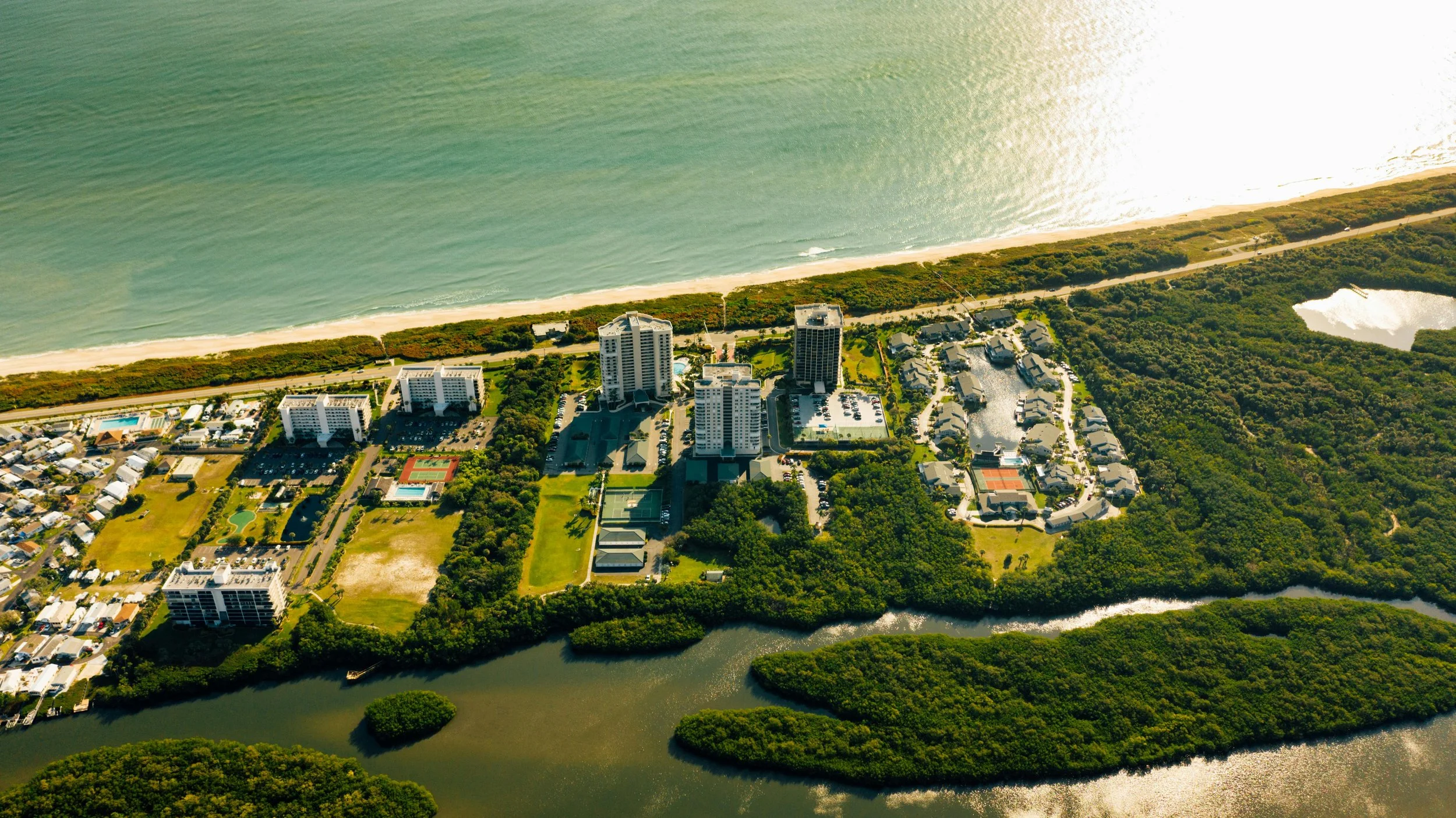Elliott Ruga Boonton NJ | Navigating the Intersection of Zoning and Ecology
Elliott Ruga
Balancing urban development with nature’s needs presents a complex challenge. Elliott Ruga highlights how zoning laws often tilt towards expansion, sidelining ecological concerns. This imbalance can trigger biodiversity decline in areas under development pressure, underscoring the necessity for zoning practices that integrate environmental protection as a core component.
When zoning laws place industrial areas adjacent to vital ecosystems, the resulting impact can be detrimental to both the environment and community health. Such proximity often threatens water quality and aquatic habitats, presenting a recurring issue in urban development. The intricate task of balancing industrial growth with ecological preservation requires forward-thinking approaches that embed environmental priorities within zoning regulations. This challenge highlights the pressing need to rethink traditional planning methods, ensuring they align more closely with sustainable and equitable development goals.
Reforming zoning practices to incorporate ecological insights is imperative. Policymakers must grasp how their decisions impact natural habitats over time. By embedding environmental assessments into zoning frameworks, urban planners can safeguard biodiversity and promote ecological stability. Achieving this necessitates collaboration among urban planners, conservationists, and community stakeholders, fostering a more holistic approach to development. This inclusive strategy is vital to reconciling growth with the preservation of our ecosystems.
Crafting zoning policies that honor ecological boundaries is not merely an option but a necessity for sustainable urban development. Ensuring these policies embrace both environmental integrity and human needs is key to securing the resilience of urban ecosystems. This intricate task requires integrating ecological considerations into planning processes, encouraging urban landscapes that coexist harmoniously with nature. As zoning frameworks evolve, they must reflect a commitment to long-term environmental health, reinforcing the interconnectedness between human habitats and natural ecosystems for future generations.
Zoning regulations can be reimagined as catalysts for environmental harmony rather than obstacles. Elliott Ruga’s insights remind us that aligning these rules with ecological principles is essential. This approach not only addresses current conflicts but also fosters a resilient coexistence between urban growth and nature’s needs.
